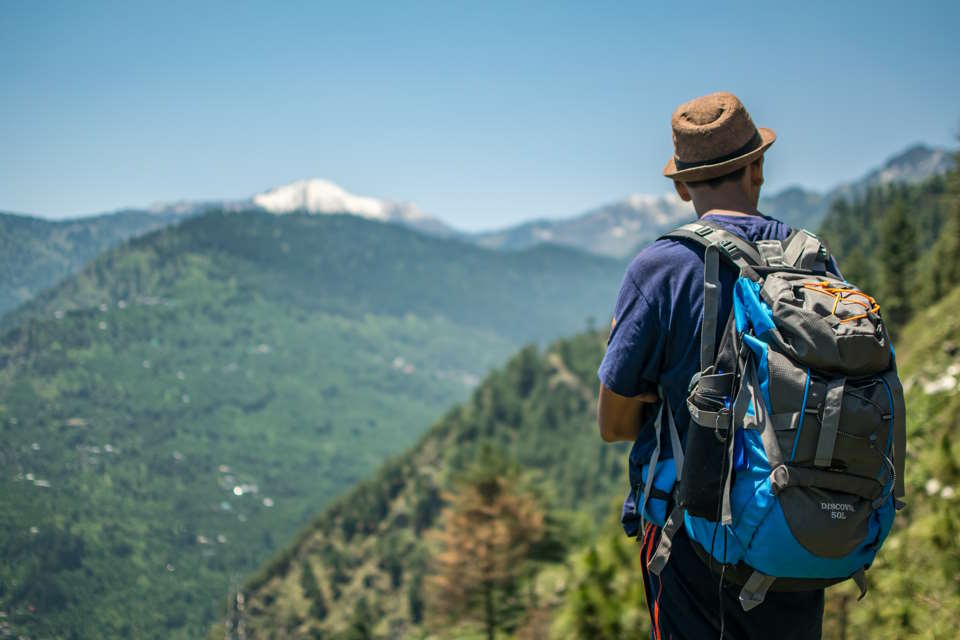If you’re new to hiking, you may have heard about switchbacks, but have no idea what they are or why they’re important. In this post, we’re going to explain what switchbacks are, their purpose in hiking, and why cutting them is strongly discouraged. But before we get into that, let’s first understand the difference between hiking and trekking, and the two types of hikes you may encounter on your adventures. Lace up your boots, grab your backpack, and let’s get started!
Introduction
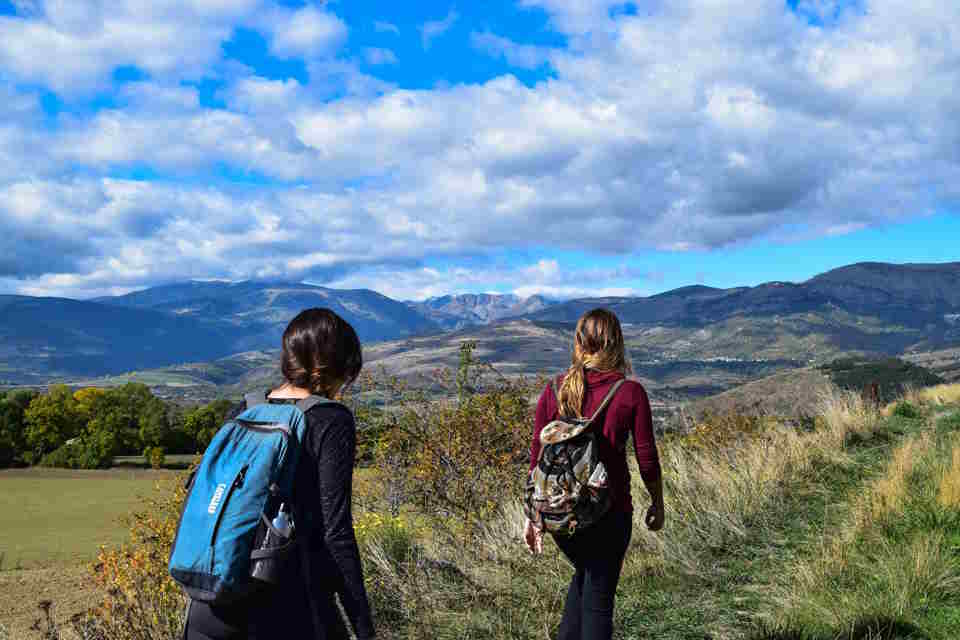
When it comes to hiking, it’s not uncommon to hear the term “switchbacks” thrown around. But what exactly are switchbacks? In a nutshell, a switchback is a type of trail design that involves a series of zig-zags or hairpin turns. These turns are meant to help hikers ascend or descend a steep slope in a more gradual and manageable way.
In order to better understand switchbacks, it’s helpful to first know why they are used. When faced with a particularly steep climb or descent, a trail that runs straight up or down the slope would be incredibly difficult to traverse. By employing switchbacks, the trail becomes easier to navigate, as hikers can ascend or descend in shorter, more manageable stretches.
- Switchbacks reduce erosion and environmental damage.
- Switchbacks can save time and energy by reducing steepness.
- Switchbacks are often used on heavily trafficked trails.
While switchbacks offer many benefits to hikers, it’s important to note that there are some who believe that cutting switchbacks can be harmful to the environment. When hikers cut across switchbacks, they cause erosion and damage to the surrounding vegetation.
Switchbacks are an important part of trail design and can make a hike much more enjoyable and manageable. By embracing the winding path, hikers can ascend steep mountains and take in the stunning views along the way.
What Is the Purpose of a Switchback?
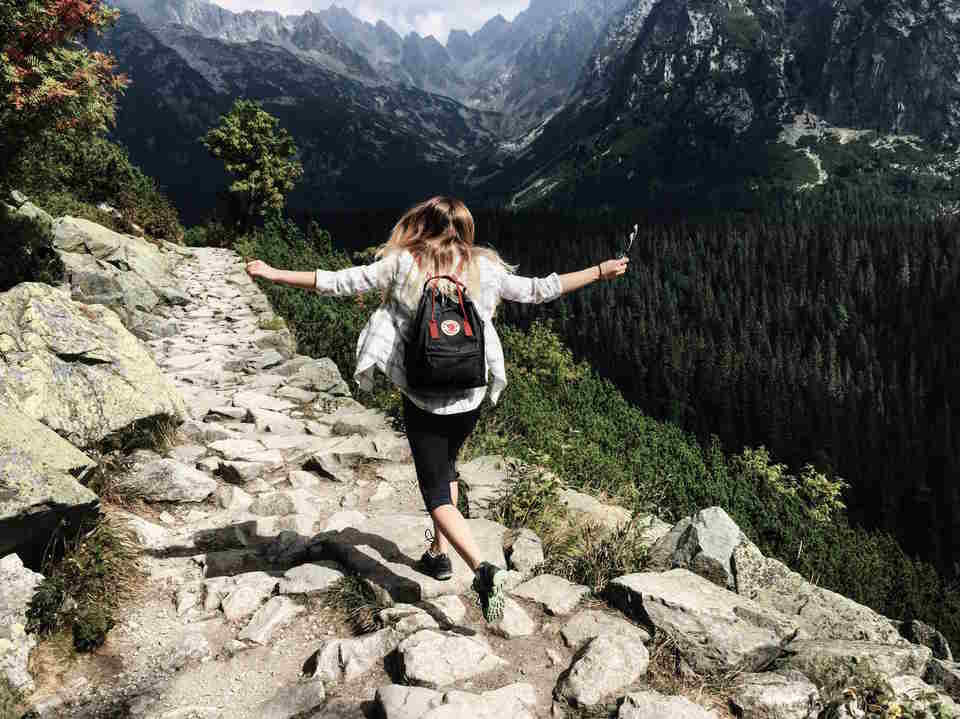
Switchbacks are a common sight in hiking trails around the world. They are essentially sharp turns that are made on a walking trail so that people can easily ascend or descend a steep slope without climbing a very steep slope in a straight line. This means that hikers can follow a trail that is gentle and easier to walk on, which means that they can hike for longer and without getting too tired. The “purpose of a switchback” is to make hiking easier and more enjoyable for hikers.
The reason why switchbacks are so important in hiking is that they help to prevent hikers from getting exhausted quickly. When hiking up a steep slope, people can only go a few steps before getting winded and needing to rest. By using switchbacks, hikers can keep walking up the slope without needing to rest as often. This means that they can hike for longer distances and see more beautiful sights along the way.
- Switchbacks also help to prevent erosion when hiking on trails.
- When hikers cut directly uphill, they create a new trail that can cause soil erosion. This can lead to damage to the trail and surrounding environment. By using switchbacks, hikers can follow an established trail, and the soil is better protected from erosion, which allows for the trail to last longer.
| Type of hike | Definition |
|---|---|
| Day hike | A hike that can be completed in one day. Typically, this kind of hike is less challenging and is great for beginners. |
| Multi-day hike | A hike that takes more than one day, often with overnight camping. These hikes are more challenging, but they offer a great way to explore nature more deeply. |
What Does Cutting a Switchback Mean in Hiking?
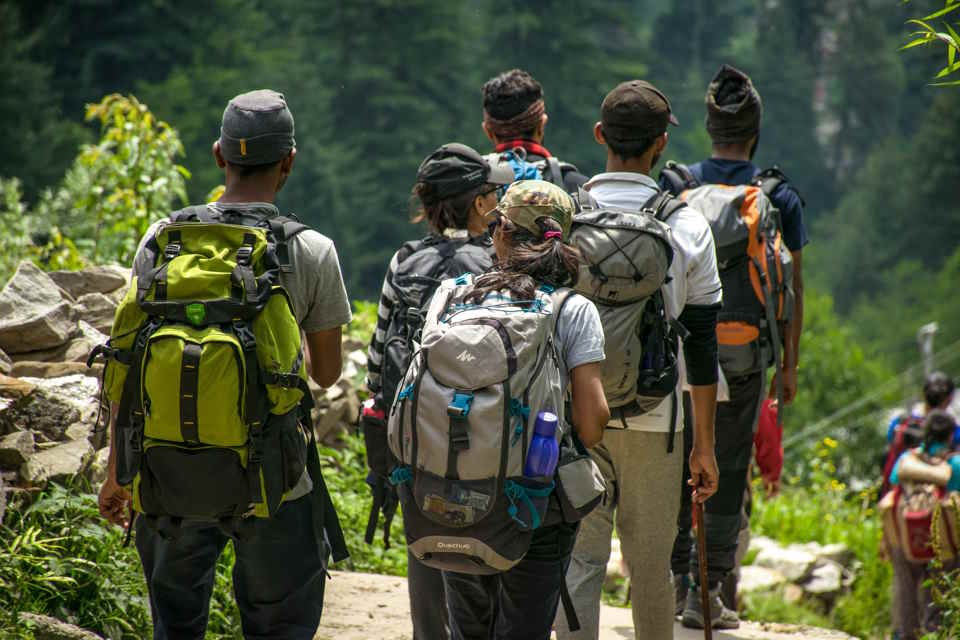
Cutting a switchback means taking a shortcut instead of staying on the designated hiking trail that has been created to protect the natural environment. A switchback is a series of sharp turns or bends in a hiking trail that allows hikers to ascend or descend a steep slope safely and gradually. Each turn in the trail is designed to decrease the steepness of the climb and reduce soil erosion and damage to plant life.
When hikers cut switchbacks, they trample on undesignated areas that can cause damage to the environment. The plant and wildlife in these areas can be destroyed, and the soil erosion can create grooves in the hiking trail, making it difficult to navigate for future hikers.
- Cutting switchbacks is dangerous to the hiker as well.
- The shortcut may lead to steep slopes or unstable terrain that could be hazardous to navigate.
- It is essential to stay on designated hiking trails to protect both oneself and the surrounding environment.
As hikers, we must make responsible choices to respect the environment and preserve it for future generations. If the designated hiking trail seems too strenuous, instead of cutting switchbacks, one should re-evaluate their abilities and consider taking a less challenging route. Remember, the goal is to enjoy the outdoors while minimizing our impact on the environment.
What Are the Two Types of Hikes?

Hiking is an excellent outdoor activity that is both enjoyable and beneficial for the body. However, not all hiking trails are created equal. Each trail can offer a unique experience depending on its length, terrain, and level of difficulty. As a result, there are different types of hikes you can embark on, each with its own characteristics and challenges. In particular, there are two main types of hikes: day hikes and overnight hikes.
Day hikes
Day hikes are hiking trips that are completed within a single day. These hikes are usually shorter in duration, generally lasting anywhere from a few hours to an entire day, and the terrain is typically less challenging than that of an overnight hike. Additionally, day hikes do not typically require extensive planning and preparation, making them relatively easy to embark on at a moment’s notice. This makes them a great choice for beginners, families, or anyone looking for a quick and easy getaway.
- Short duration (a few hours to a day)
- Less challenging terrain
- Relatively easy to plan and prepare for
Overnight hikes
Overnight hikes, on the other hand, are hiking trips that require at least one overnight stay in the wilderness. These hikes can range from a simple overnight trip to a multiple-day journey, covering more distance and featuring more challenging terrain than day hikes. You’ll need to carry more equipment and food to support yourself on the trail, making planning and preparation more extensive. As a result, overnight hikes are best suited for experienced hikers looking for a more advanced challenge, or anyone looking for a multi-day adventure in the great outdoors.
| Characteristics | Day Hikes | Overnight Hikes |
|---|---|---|
| Duration | Short (a few hours to a day) | Longer (at least one overnight stay) |
| Terrain | Less challenging | More challenging |
| Planning and Preparation | Relatively easy | Extensive (more equipment and food needed) |
What Is the Difference Between Hiking and Trekking?
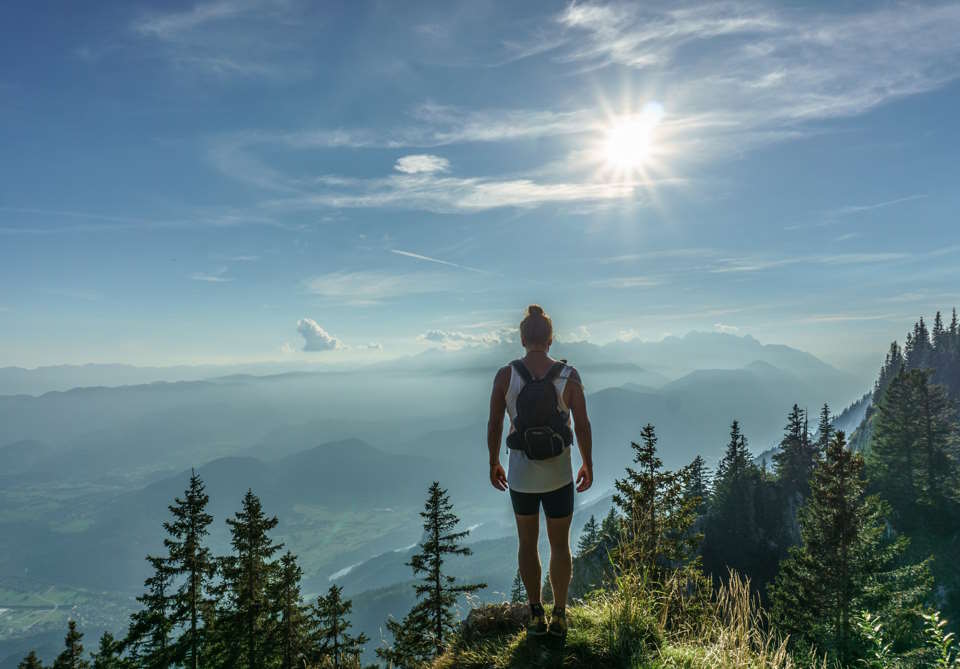
Hiking and trekking are outdoor activities that involve long distance walking. These activities have similar features, but there are certain distinguishing factors between the two. These differences include the level of difficulty, length, duration, and purpose. Hiking and trekking can be a great way to exercise, reduce stress and connect with nature, but you must know the difference between the two before embarking on any of them.
Hiking
Hiking is a form of walking that is done on established trails or paths in natural and man-made environments. Hiking is typically done for recreational purposes and involves walking on hilly terrain or mountainous landscapes. Hiking trails are usually marked and have a clear path, making it easy to navigate and follow. Hiking trails may include some challenges such as steep inclines and rocky terrain but they tend to be easier to navigate than trekking routes. Hiking is generally a day activity, and hikers usually return to their starting point after completing the hike.
Trekking
Trekking refers to a longer, more adventurous journey that involves multi-day trips into backcountry terrain. Trekking is generally more physically demanding than hiking as it involves navigating through rugged trails and terrains. Unlike hiking, trekking routes are not usually marked and require the use of maps and navigation devices such as GPS. Trekking may also involve camping in the wilderness and carrying additional equipment to ensure survival in the wilderness. Trekking is usually done for exploration and adventure purposes and is often more physically and mentally challenging than hiking.
Length and duration
The length and duration of a hike are typically shorter than a trek. The distance covered during a hike can vary and can be completed within a few hours. On the other hand, trekking requires several days of walking, with distances covered ranging from 10 to 20 km a day. Trekking may require stopping to set up camp, refuel, or rest before continuing the journey.
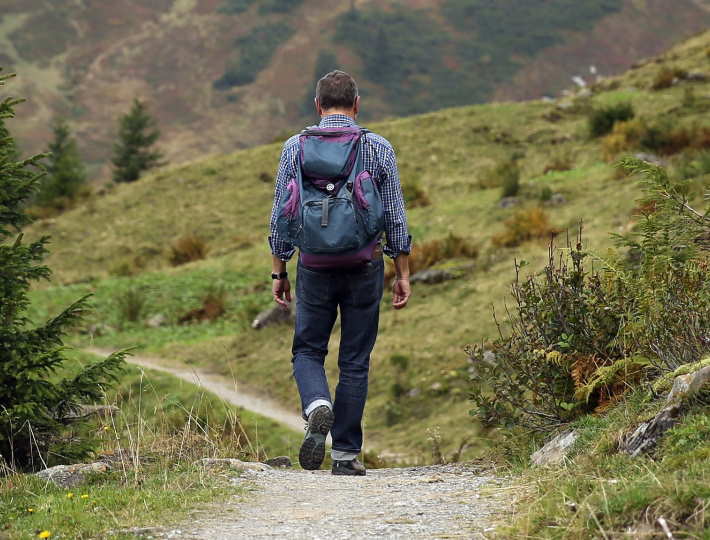
Purpose
The purpose of hiking is often for recreational purposes and to enjoy nature. Hiking can also be a form of exercise and a way to reduce stress. Trekking, on the other hand, is more of an adventure sport that involves exploring new terrains and pushing oneself to the limit. It involves experiencing nature in a more raw and rugged way and may require the essential survival skills to ensure safety in the wilderness.
| Hiking | Trekking |
| Shorter distances | Longer distances |
| Marked trails | Unmarked trails |
| Hill or mountainous terrain | Rugged terrain |
| Day activity | Multi-day activity |
| Recreational | Adventure |
The difference between hiking and trekking can be subtle, but it is crucial to understand these differences before embarking on either activity. Whether you are hiking or trekking, it is essential to be well-prepared, have proper equipment, and have a good understanding of the terrain and weather conditions. By knowing the difference between hiking and trekking, you can choose the right activity for your interests, level of fitness, and level of experience.

